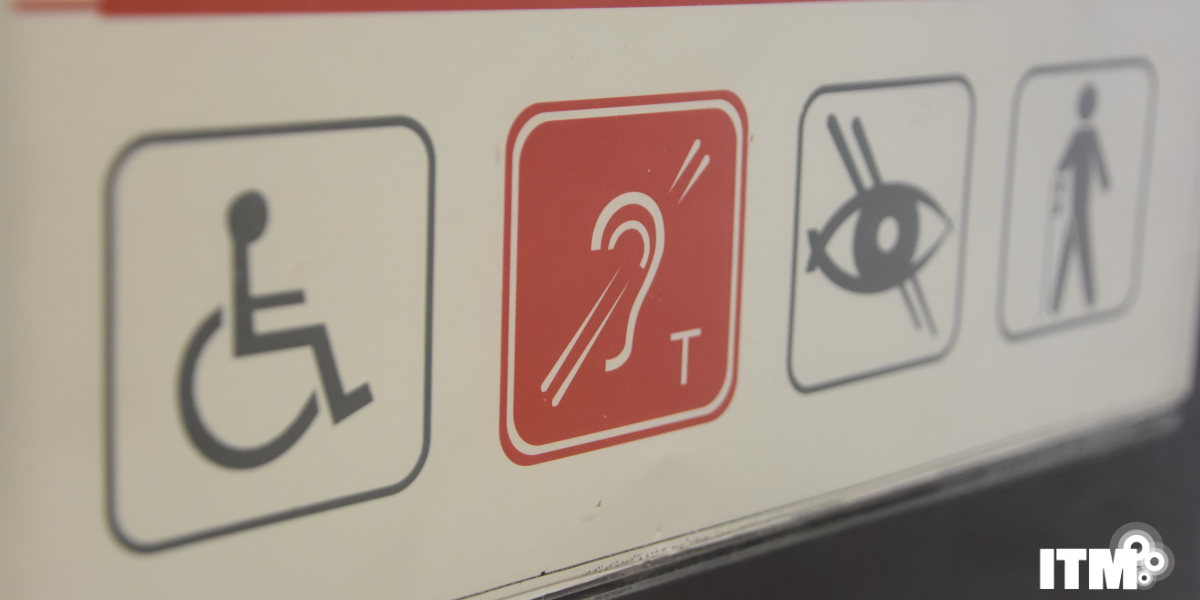How to Make Travel Programmes Accessible? ITM Webinar Provides Valuable Advice to Buyers

How to Make Travel Programmes Accessible? ITM Webinar Provides Valuable Advice to Buyers
Travel managers are increasingly recognising the need to ensure accessibility for travellers with visible and hidden needs and disabilities is fully considered across their travel programmes. However, many buyers are unsure how to introduce appropriate practices and variations to policies sensitively to this area.
ITM recently hosted a webinar to provide buyers with expert advice from Adrian Ward, Head of Business Partnerships at Business Disability Forum (BDF), the UK’s leading disability focused membership organisation. BDF supports organisations to get disability inclusion right for their workforce and for their service users, and currently represents around 600 organisations that employ almost 20% of the UK workforce.
Adrian Ward began the webinar by explaining disability's breadth and scale. There are around 14.6 million disabled people in the UK, and an estimated 1.3 billion worldwide. However, around 90% of disabilities are non-visible. Around 1 in 7 people have neurological disorders. Yet most people are not born with a disability. The average age for acquiring a disability is 53 years.
He expanded on the four ‘Ps’ to make travel management more accessible: Policy, Procurement, Processes, and People, with insightful advice and recommendations for best practices that travel managers can adopt. Key takeaways included:
· Policy: start with the basics by ensuring that your policy is genuinely accessible, or available in alternative formats, for example font size, colour contrast and type of document; look at the narrative and tone of the policy – does it show consideration for some of the barriers that some disabled people might face; consider what exceptions could be made on a case-by-case basis.
· Procurement: make sure you have a clear process for testing suppliers on their ability to provide accessible products, services, or accommodation; monitor supplier performance throughout the duration of the contract; seek feedback from your travellers.
· Processes: take your policy a step further and consider the user experience from the lens of a traveller with a visible or hidden disability; think about accessibility during different touchpoints in the booking process (online forms, portals, contact details).
· People: you can have a well-written policy and clear processes, but the people in your travel team are key – focus on the barriers travellers face pre and during their trip, not the individual’s condition; consider how easy it is for an individual to contact you or your team if they need to discuss an accessibility matter; ensure your team is trained to understand the barriers that people with visible or hidden needs face.
The webinar concluded with Adiran summing up examples of good practice that BDF is increasingly seeing organisations put in place. This is a clear sign that progress is being made to ensure accessibility is fully considered across travel programmes. This includes having a dedicated team or point of contact where accessibility requirements can be adjusted; testing online platforms to ensure they are accessible; and demonstrating how additional costs such as extra luggage or parking costs, will be picked up.
The full recording of the webinar and presentation can be viewed here



